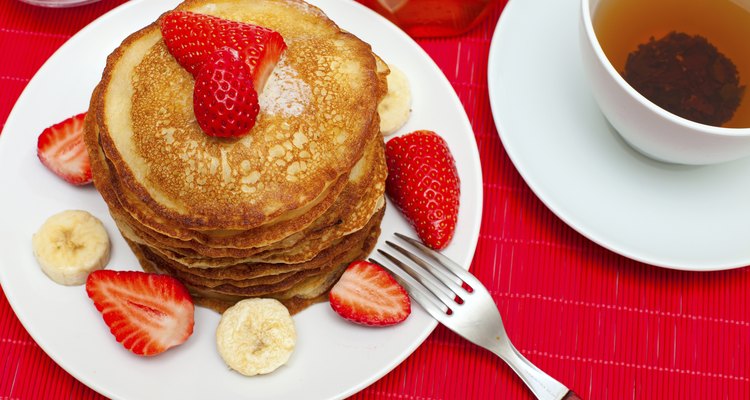
Diana Taliun/iStock/Getty Images
Buttermilk powder offers all the nutrition and flavor of regular buttermilk in a convenient, easy-to-store format. It delivers 8.6 g of protein in a 1-cup serving, as well as lots of potassium, vitamin B-12, calcium, riboflavin and phosphorus, according to the editors of “The Visual Food Lover’s Guide.” Unlike regular buttermilk, most powdered buttermilk does not contain live bacteria. According to Amy Thomson of Saco Foods, powdered buttermilk is not meant to be used as a liquid beverage. Buttermilk powder works best in baking, where it adds the acidic tang that heightens the flavors of yeast breads, waffles, pancakes, muffins and quick breads.
In Baking
Use powdered buttermilk in place of liquid buttermilk or sour milk in any recipe. However, powdered buttermilk does affect the actions of leaveners, such as baking powder and baking soda, so you need to use specific amounts.
Add powdered buttermilk to the dry ingredients when your recipe calls for combining wet and dry ingredients. Add an additional amount of water to the recipe’s wet ingredients.
Use specially formulated conversions in your baking recipes. For instance, for 2 tbsp. of buttermilk, add 1 1/2 tsp. of powdered buttermilk plus 1/2 cup of water. For 1/4 cup of buttermilk, add 1 tbsp. powder and 1/4 cup of water. Check conversion tables for other amounts.
Other Uses
Substitute buttermilk powder for buttermilk in creamy salad dressings. Use a whisk to help break any clumps of buttermilk powder.
Use buttermilk powder in coatings for fried chicken without worrying about specific conversion amounts. The tang of the buttermilk powder provides a welcome contrast with the fattiness of the fried chicken.
Substitute buttermilk powder for buttermilk or sour cream in frosting recipes. The buttermilk tang works especially well for carrot cake frosting.
Related Articles
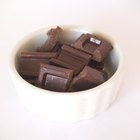
How to Substitute Cocoa Powder for ...
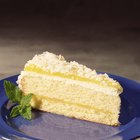
How to Flavor White Cake Mix With ...

Good Marinade for a Chicken & Steak ...

How to Bake a Cake Without Egg Whites
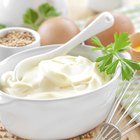
How to Replace Eggs With Mayonnaise
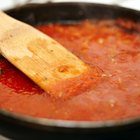
Can I Use Baking Powder to Thicken ...
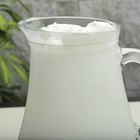
Health Benefits of Buttermilk
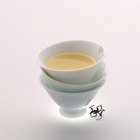
Substitute for Vanilla Custard Powder
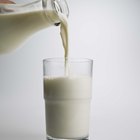
How to Dissolve Non-Instant Milk Powder

How to Substitute Soymilk for Buttermilk
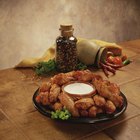
Can I Coat Chicken Wings in Cornstarch ...

How to Use Buttermilk That Has Passed ...
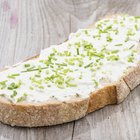
Calories in Tofu Cream Cheese
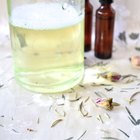
Homemade Shower Gel Natural Recipe

How to Use Powdered Milk for Baking

How to Mix Baking Soda & Peroxide
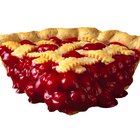
How to Substitute Cornstarch for ...
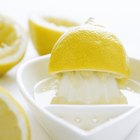
How Do I Curdle Soy Milk With Lemon ...

How to Mix Magic Shaving Powder
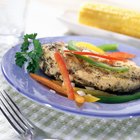
How to Make Moist Baked Chicken Breasts ...
References
- "The Visual Food Lover's Guide"; Editors of QA International; 2009
- “The New York Times”; Test Kitchen -- Buttermilk That Doesn't Go Plop-Plop; Denise Landis; November 2000
- Saco: Cultured Buttermilk Blend
- Cooks.com: Buttermilk Frosting
Writer Bio
Susan Lundman began writing about her love of cooking, ingredient choices, menu planning and healthy eating after working for 20 years on children's issues at a nonprofit organization. She has written about food online professionally for ten years on numerous websites, and has provided family and friends with homemade recipes and stories about culinary adventures. Lundman received her M.A. from Stanford University.
Photo Credits
Diana Taliun/iStock/Getty Images